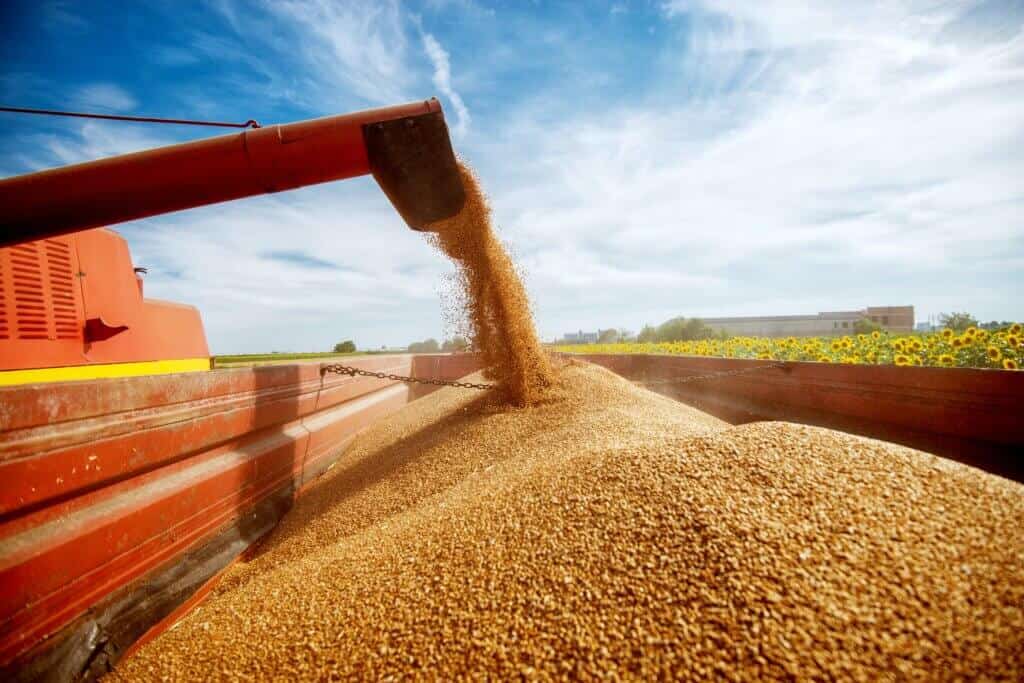
Soybeans are a high-volume commodity, especially for China, the largest importer of soybeans in the world. China imports around 90% of its soybeans from the United States, Brazil and a few other nations. In the first six months of 2021, China imported a record 48.95 million tons, up nearly nine percent over last year. The U.S. Department of Agriculture (USDA) Foreign Agricultural Service reported that global soybean exports reached record levels, grossing the second-highest value ever at $7.7 billion.
Why is this demand climbing, and will it continue? How can governments open the channels and reduce any friction for cross-border shipments? Most importantly, how can companies quickly respond to meet the escalating demand in full compliance?
Trade Policies to Open and Close the Gates
Chinese companies use soybeans to produce soymeal livestock feed and cooking oil. Last year when a strain of swine flu decimated China’s hog herds, soymeal demand dropped. Soybean crushers initially slowed their production. However, anticipating a fast recovery, they began placing large orders and imports increased to all-time highs. However, another decimating wave of disease is now affecting at least 20% of the breeding herds in Northern China, reducing soybean imports to very low levels.
In mid-2018, at the height of the trade wars between China and the U.S., China raised retaliatory import tariffs by 25% on U.S. soybeans following the hike of U.S. duties on Chinese goods. As a result, imports of U.S. soybeans dropped and Brazilian soybeans poured into China, depleting the supply of the staple from Brazil—the top producer. By December 2019, preliminary trade agreement discussions showed promise of bringing the trade issues to an end.
As attention shifted to the pandemic and trade discussions between the United States and China slowed down, China searched for other sources of soybeans. In January 2020, China’s Commerce Ministry eased restrictions on soybean imports at the northern border to allow shipments from Kazakhstan, Russia and Ukraine. Reuters reported that soybean importers using checkpoints in Heilongjiang, Inner Mongolia and Xinjiang were utilizing only one import license to clear cargo up to six times, illustrating the urgency of Chinese demand. Still, import volumes were too small to fill China’s growing need.
Fortunately, trade tensions between China and the U.S. have eased somewhat since 2019, though they are growing more pronounced again. While tensions still exist, official Chinese data show that bilateral trade between the two countries rose in 2021. Chinese exports to the United States grew by 32 percent year-over-year, while U.S. imports to China increased by 37% in June according to Bloomberg.
Control for the Right Reasons
Aside from removing tariffs, duties or taxes from specific in-demand goods, governments can enforce import and export quotas. Import quotas control the amount or volume of a commodity that can be imported into a country during a specified time. Quotas are guided by the Harmonized Tariff System (HS) codes and fall into three categories:
- Absolute quotas permit a limited quantity of a specific product to enter a country
- Tariff-rate quotas allow a specified quantity of product to enter or be used for consumption at a reduced duty rate
- An extreme control is an embargo or sanction that bans certain goods to or from a country
In all these instances, when any quota fills, the importer must warehouse, export, destroy or abandon merchandise imported over the restraint limit.
Government intervention in global trade is not new, and there is a diversity of opinion about it. Some believe governments should support open trade, abstaining from restrictions. Others feel the controls establish protectionist policies that safeguard specific industries and their workers from foreign competition.
The Impacts on Your Compliance Program
The biggest challenge to any change in trade rules is gaining access to the new laws’ many detailed conditions and stipulations, especially in interpreting where those laws apply to cross-border transactions. Companies engaged in international trade must have timely access to tremendous amounts of information to establish and maintain compliance with regulations. This information—also referred to as trade content—includes the Harmonized Tariff Schedules to classify goods, duty rates needed to calculate landed cost and controls that determine if a transaction can be legally completed based on quotas.
Unfortunately, collecting, cleansing and publishing trade content is complicated by the number of countries and government agencies, differences in trade regimes, a wide variety of formats and the fact that this crucial information can rapidly change. Trying to maintain a complete and accurate database is an immense undertaking requiring significant time and cost.
Ahead of the Curve
As trade policymakers around the globe pull import and export control levers that affect the flow of goods, companies need to be keenly aware of these changes. Trade policies are shifting from a simple matter of tariffs and duties to incorporating restrictions aimed at bigger issues like national security, human rights and environmental concerns. These new restrictions add greater complexity to existing rules, and manual trade compliance processes will not keep companies ahead of the shifts. Fortunately, organizations involved in global trade have a way to get ahead of the curve.
e2open’s Global Knowledge® application contains the industry’s most comprehensive trade content database, including government regulations and international business rules. This content powers the e2open Global Trade application suite by fully supporting import, export, duty management and logistics processes with the most current data available anywhere. e2open Global Knowledge contains the digital embodiment of the complex legalese of trade regulations, allowing data to feed into e2open’s applications for planning, sourcing, supplier management, trade compliance and logistics.
That’s why e2open has a team of over 130 global and in-country content providers and trade specialists monitoring and screening all laws and regulations published by government regulatory agencies worldwide. This content is compiled and updated using an ISO® 9001:2015 certified 19-step process and maintained within our global trade content database. Updates to international trade data are processed daily to ensure companies utilize the most current regulations, which reduces global trade risks and improves process efficiencies. Global Knowledge covers over 200 countries—more than 95% of world trade—making our trade content and content management process the best in the industry.
Global trade management (GTM) isn’t easy, but when government regulations fluctuate in response to changing conditions such as demand shifts, your supply chain can respond with agility and resiliency supported by e2open Global Knowledge. Learn More about e2open’s capabilities here.





